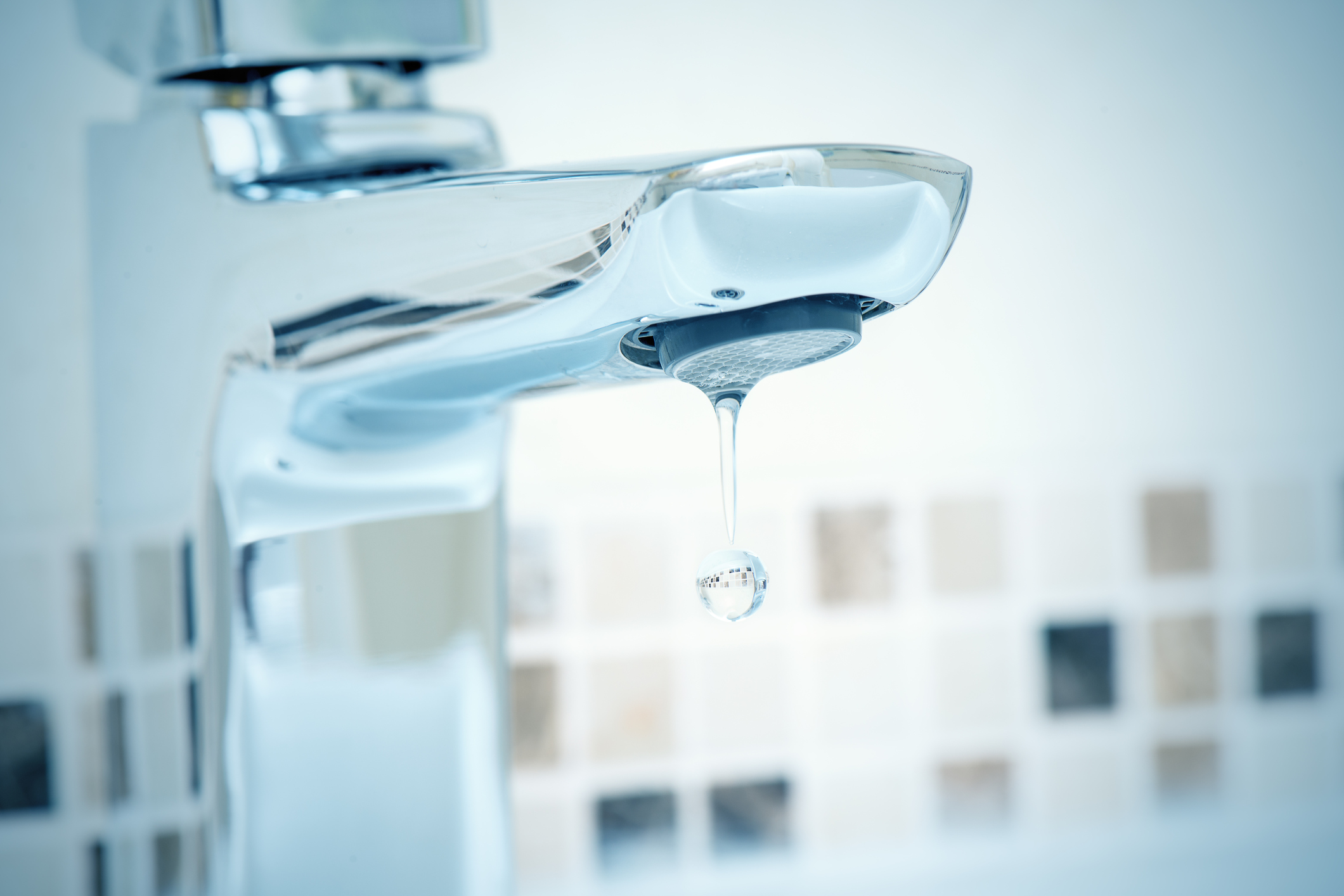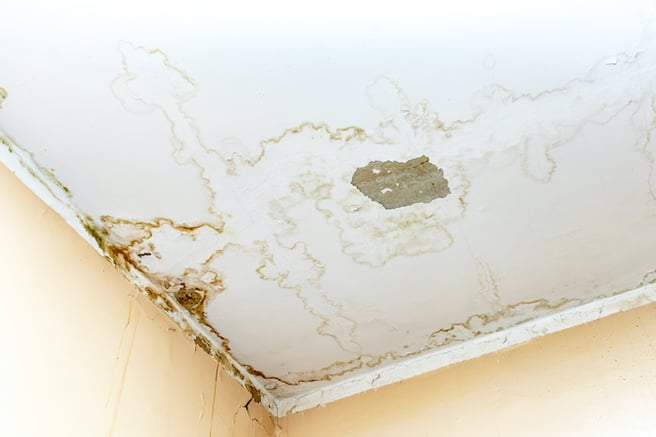Aspects Leading to Bathroom Water Deterioration
Aspects Leading to Bathroom Water Deterioration
Blog Article
Each person has their own unique piece of advice in relation to How to Repair and Prevent Bathroom Water Damage?.

Water damage commonly happens in the washroom due to the water used everyday. Occasionally, the damage could be a little mold and mildew from the shower. Other times, it's massive damages on your flooring. Whatever it is, it is constantly great to know the reason as well as stop it prior to it takes place.
This overview will certainly experience several of the usual causes of water damage in the bathroom. We will certainly additionally examine what you can do to prevent these causes from damaging your washroom. Allow's dive in.
These are the common factors you would have water damage in your shower rooms and just how you can identify them:
Excess Moisture
It's cool to have that lengthy shower and sprinkle water while you hem and haw and imitate you're carrying out, yet often these acts can cause water damage to your shower room.
Spraying water around can create water to go to corners as well as create mold and mildews. Watch exactly how you spread out excess dampness around, and also when you do it, clean it up to stop damages.
Cracks in your wall surface floor tiles
Bathroom wall surface tiles have been specifically created for that objective. They protect the wall from dampness from people taking showers. However, they are not unbreakable.
Sometimes, your restroom wall surface tiles crack and also allow some moisture to seep into the wall. This could potentially destroy the wall surface if you don't take any action. If you discover a crack on your wall surface floor tiles, fix it quickly. Do not wait until it destroys your wall surface.
Overflowing commodes as well as sinks
As people, often we make blunders that might cause some water damage in the restroom. For instance, leaving your sink faucet on might create overflowing and damages to other parts of the washroom with moisture.
Likewise, a damaged commode can create overflowing. As an example, a broken toilet take care of or various other parts of the cistern. When this occurs, it might damage the floor.
As soon as you discover an overflowing sink or toilet, call a plumbing professional to help deal with it quickly.
Ruptured or Leaking Pipelines
There are several pipelines lugging water to various parts of your bathroom. Some pipes take water to the commode, the sink, the faucets, the shower, and also many various other areas. They crisscross the tiny area of the bathroom.
Occasionally, these pipelines might obtain corroded and also burst. Other times, human activity can create them to leak. When this happens, you'll find water in the edges of your bathroom or on the wall surface.
To identify this, watch out for bubbling wall surfaces, mold and mildews, or mildew. Call an expert emergency plumber to repair this when it happens.
Roofing system Leakages
Often, the problem of water damage to the shower room could not originate from the shower room. For example, a roof covering leak might trigger damage to the bathroom ceiling. You can spot the damage done by considering the water stains on the ceiling.
If you discover water spots on your ceiling, inspect the roofing to see if it's harmed. After that, call a specialist to assist resolve the issue.
Verdict
Water damage to your restroom can be aggravating. Nevertheless, you can handle it if you stop some of the reasons mentioned in this guide. Call an expert emergency situation plumbing technician if you notice any type of extreme damage.
How to Prevent Water Damage in Your Bathroom?
Water damage repair is an expensive, meticulous, and lengthy process. Unfortunately, bathrooms are the most susceptible rooms to water damage due to toilets, showers, and sinks. Pipes and fixtures wear out over time and are not immune to damage. But all is not lost, as there are ways to prevent water damage from occurring in your bathroom.
Check Your Plumbing
Nothing lasts forever, especially pipes, which can rust and begin leaking over time. You should periodically conduct pipe inspections and pay attention for any musty smells or water stains that may indicate you need water damage repair. Here are some things to check:
Frequently test valves for your toilet, shower, and sink to ensure they are properly working. Check faucet supply lines hidden under vanities and replace when needed. Replace cracked or deteriorating caulking along sinks, tubs, and showers. If you notice a clog in your sink, call in a professional. Since you can’t check the pipes in the wall, keep an eye out for stains, drywall bubbling, musty smells, and excess moisture; if the bathroom is on a second level, check the ceiling of the room directly below for these signs. Don’t Overwork Your Toilet
One of the most common reasons bathrooms need water damage repair is due to overflowing toilets. Save yourself the hassle of cleanup by being mindful and not pushing your toilet to extreme limits. If you have young children, it is especially important to keep an eye on them when they are in the bathroom and to teach them how to avoid clogging the toilet. Here are some more tips to help prevent your toilet from overflowing:
If you have a septic tank, only use septic-safe toilet paper Do not flush anything down the toilet besides toilet paper; items like diapers and sanitary napkins will clog the piping Pay attention to your toilet’s water level: If it’s low, it could mean it is partially clogged or that there is a crack in the toilet bowl https://www.alure.com/home-improvements-blog/resources/how-to-prevent-water-damage-in-your-bathroom

I came across that blog post on How to Repair and Prevent Bathroom Water Damage? when doing a lookup on the web. Those who enjoyed our post please remember to share it. Thank-you for your time invested reading it.
Fix today, not tomorrow! Report this page